Futures Frequency: Visualizing the Future in Film (and Pop Culture)
Dystopian and utopian science fiction films rely heavily on spectacular visual effects and mise en scène (the arrangement of the scenery and setting of the film, eg. set design, props, lighting, costumes, hair styles, make-up, shot composition) in creating their worlds of the future.
In exercise A you will take a peek into the world of Blade Runner films. It works as a starting point for alternative exercises B, C and D which develop the theme further with references both into real life and other forms of popular culture.
Exercise A: The Futuristic World of Blade Runner
Watch the trailers of two versions of Blade Runner films on Rotten Tomatoes Classic Trailers, and discuss the questions.
Blade Runner – Metropolis 2020 by Ridley Scott, released in 1982, set in 2019
Blade Runner 2049 by Denis Villeneuve, released in 2017, set in 2049
a) What characteristics of dystopian society do you recognize in the trailers? What do they tell you about this future world?
b) How are the visual effects and mise en scéne used to create the future world?
c) Has the portrayal of the dystopian future changed over time between the two films, one released 1982 and the other in 2017? How?
d) How realistic do the two portrayals of future worlds seem to you?
CHOOSE EXERCISE B, C or D.
Exercise B: Real-life Dystopian Imagery
Blade Runner films’ dystopian landscapes and visions have become so familiar and predominant in our culture that dystopian images in real life are sometimes compared to the imagery in these films.
Watch the two footages below of real life dystopian images from the recent past. Then discuss the questions.
The Day the San Francisco Sky Turned Orange by the New Yorker
Syria: drone footage shows devastation in Aleppo, Deir ez-Zor and rural Damascus by Guardian News
a) What has happened? What has caused these dystopian landscapes?
b) What do you think will happen to these places and the people living in them in the future?
c) What could be done to make life in these two places better in the future? What could be done to prevent similar real-life disasters from happening in other places in the future?
Exercise C: Is Utopia Really Dystopia?
“It’s a sad commentary on our age that we find dystopias a lot easier to believe in than utopias. Utopias we can only imagine; dystopias we’ve already had.”
– Margaret Atwood –
We are living in a golden age for dystopian fiction. Even when stories present utopian societies on the surface, they often contain their own dystopias. A utopia is a planned society, but planned societies tend to turn out disastrous. Utopian societies believe in progress, dystopian ones do not. While utopias offer promises, dystopias issue warnings. Utopia and dystopia are two sides of the same coin.
Watch the following trailers of utopian films from different decades and discuss the questions.
Metropolis (1927)
Pleasantville (1998)
Tomorrowland (2015)
a) What makes the worlds depicted in the trailers utopias? What kinds of ideals, social structures, technological innovations or environmental solutions can you spot?
b) What are the dystopian threats looming over this utopian world?
c) Which elements of utopia and dystopia would you like to include or exclude in your vision of a good and desirable future?
Exercise D: Cyberpunk in Games and Fashion
Part 1:
The dystopian images of Blade Runner have also influenced video games, such as Cyberpunk 2077. Cyberpunk is a science fiction subgenre with the focus on futuristic technological and scientific innovations, such as AI and cybernetics, mixed with societal collapse and lowlife. In cyberpunk worlds corruption is prevalent, and giant multinational corporations have taken over the political, economic and military power.
Watch the trailer of Cyberpunk 2077 and discuss the following questions.
Cyberpunk 2077 – Official Trailer – The Gig
a) How would you describe the omnipresence of technology in this cyberpunk world?
b) What examples of body cyber modification did you notice? Do they already exist in real life or are they too far-fetched to come true even in the future?
Part 2:
Human enhancement technology is growing fast. Human enhancement refers to the natural, artificial or technological alteration of the human body to improve physical or mental abilities.
Bionics and prosthetics (eg. artificial limbs), neurotechnology (eg. brain implants), nootropics (eg. “smart” drugs and cognitive enhancers) and gene editing are just a few examples of the human enhancement technologies on the rise.
Human enhancement technology has also entered arts and fashion. A.Human is an example of an art installation and a fashion show with futuristic body modification. Another example is Viktoria Modesta, a Latvian singer and model, an amputee pop star with a bionic leg that she has turned into art. On the one hand, she presents an image of empowerment for people with disabilities. On the other hand, it was a voluntary below-the-knee amputation, not absolutely necessary for her health.
Watch the video of Viktoria Modesta’s song Prototype and, if you are interested, see either of the articles for further information. Then discuss the questions.
Viktoria Modesta – Prototype (video)
World’s First Amputee Pop Star and Model Shows Off Her Badass Prosthetics in
Music Video (article)
“Nostalgia for the future”: Projecting a Post-Disability Image
through Retro-Futuristic Aesthetics in Viktoria Modesta’s “Prototype” (article)
a) What similarities or references to Cyberpunk 2077 or Blade Runner do you notice when watching Prototype?
b) Modesta’s character in the video has been described as “a utopian icon in this bleak, dystopian world”. What do you think is meant by this?
c) Is human enhancement always ethical? Why or why not?
d) What is the role of arts and fashion in envisioning the future? Will they still be around in your vision of the future?
